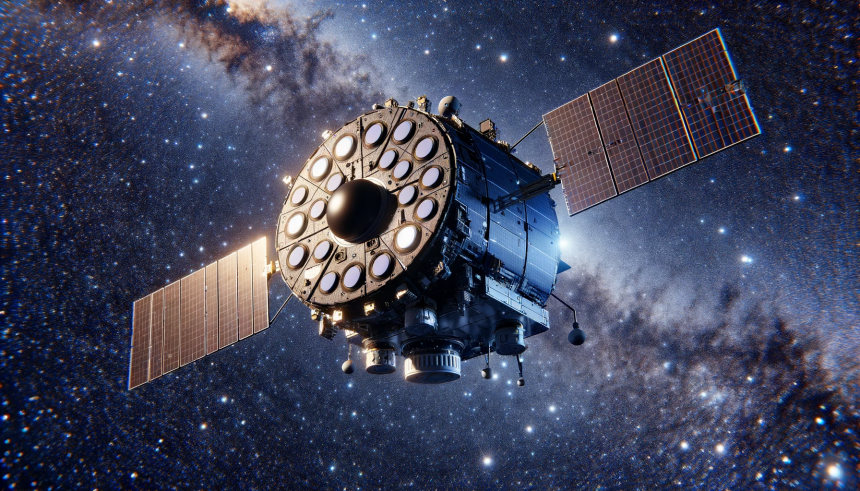NASA‘s Double Asteroid Redirection Test (DART) mission, conducted in 2022, sought to test the efficacy of deflecting potentially hazardous asteroids. The mission targeted Dimorphos, a small moon orbiting the asteroid Didymos, impacting it at a high velocity. The results revealed significant changes not only in the object’s orbit but also in its shape and dynamics. This experiment underscores the complexities of asteroid deflection and its broader implications for planetary defense strategies.
While initial reports focused on the successful deflection of Dimorphos, subsequent studies have highlighted more nuanced outcomes. Earlier information indicated that the primary goal was to slightly alter Dimorphos’ orbit around Didymos. Recent data, however, show that the impact caused extensive deformation of Dimorphos, adding layers of complexity to the initial findings.
Unexpected Transformations
Follow-up research confirmed that Dimorphos experienced considerable deformation post-impact, changing from an oblate to a prolate shape. This finding deviates from pre-impact models, which predicted an elongated structure based on the accumulation of material from Didymos.
“For the most part, our original pre-impact predictions about how DART would change the way Didymos and its moon move in space were correct,” said Derek Richardson from the University of Maryland.
The Role of Ejecta
The force from DART’s impact expelled millions of kilograms of debris, influencing Dimorphos’ trajectory more significantly than the initial collision. This debris recoil not only shortened Dimorphos’ orbit by 32 minutes but also may have induced a tumbling state.
“We were expecting Dimorphos to be prolate pre-impact simply because that’s generally how we believed the central body of a moon would gradually accumulate material,” Richardson added.
Future Missions and Uncertainties
The European Space Agency’s Hera mission aims to conduct a detailed post-impact analysis of Dimorphos, scheduled for launch soon. Hera’s close-proximity operations may face challenges if Dimorphos is indeed tumbling, complicating data collection efforts. The mission will provide crucial insights into the mass and gravitational fields of both Didymos and Dimorphos, enhancing our understanding of small binary systems.
The DART mission has generated invaluable data, but it has also raised new questions about the dynamics of small celestial bodies. The unexpected deformation and potential tumbling of Dimorphos suggest that asteroid redirection techniques require a deeper understanding of asteroid composition and behavior. As missions like Hera continue to investigate, scientists hope to refine their models and improve strategies for planetary defense.










